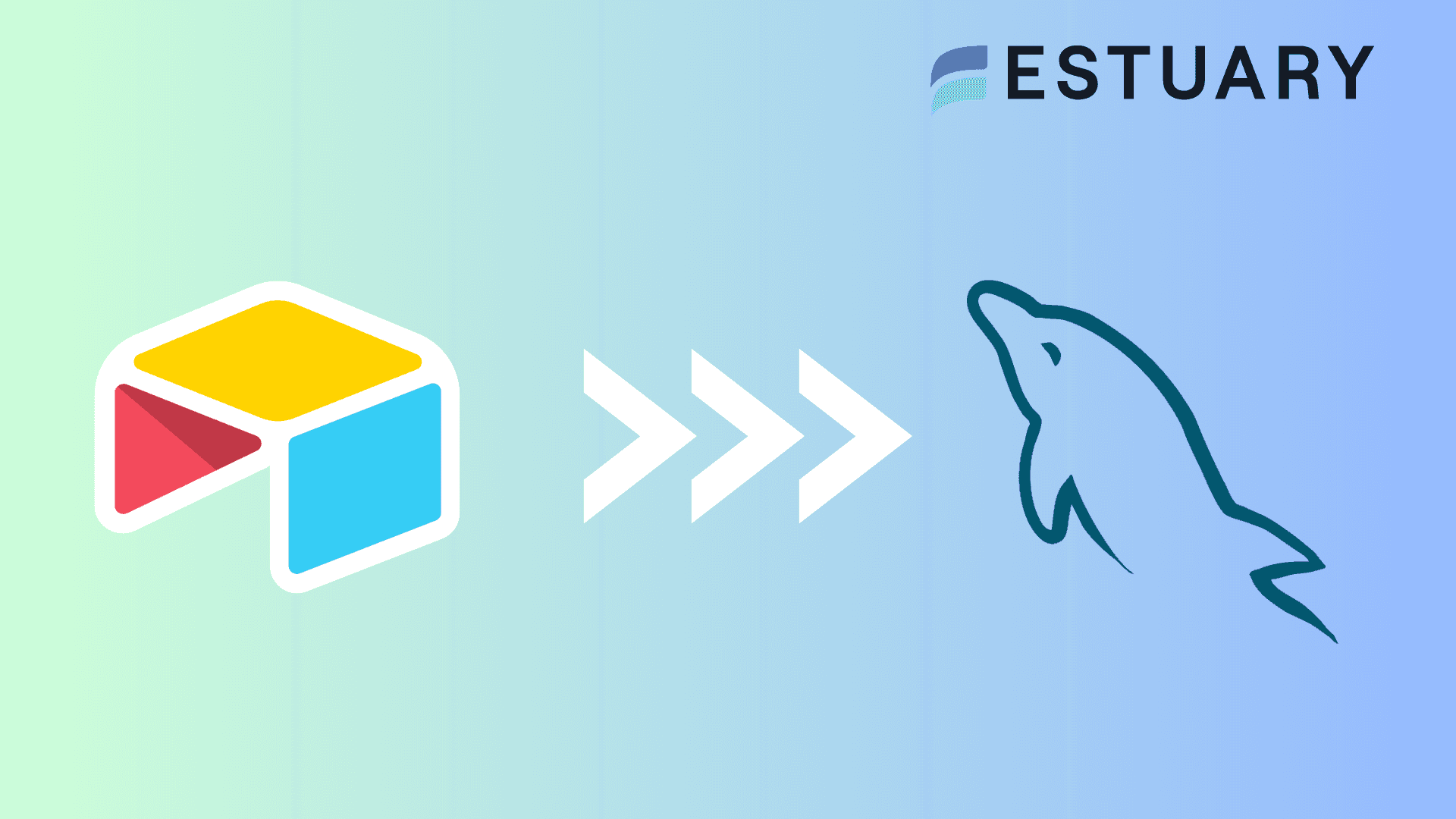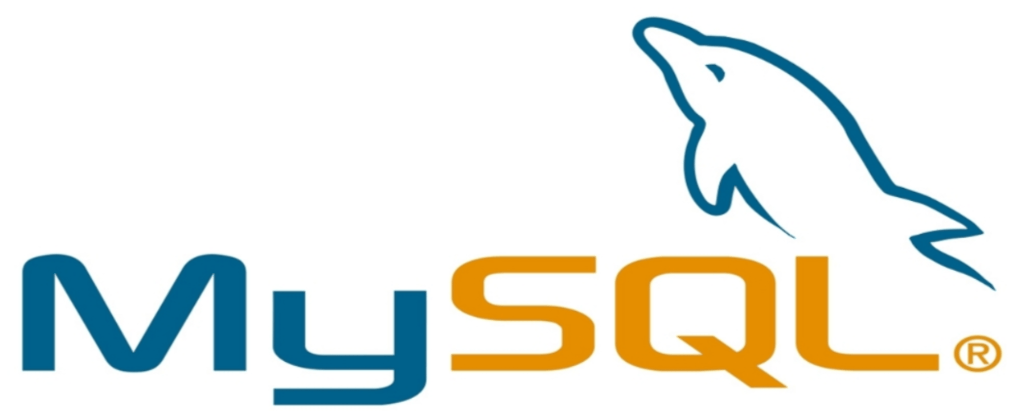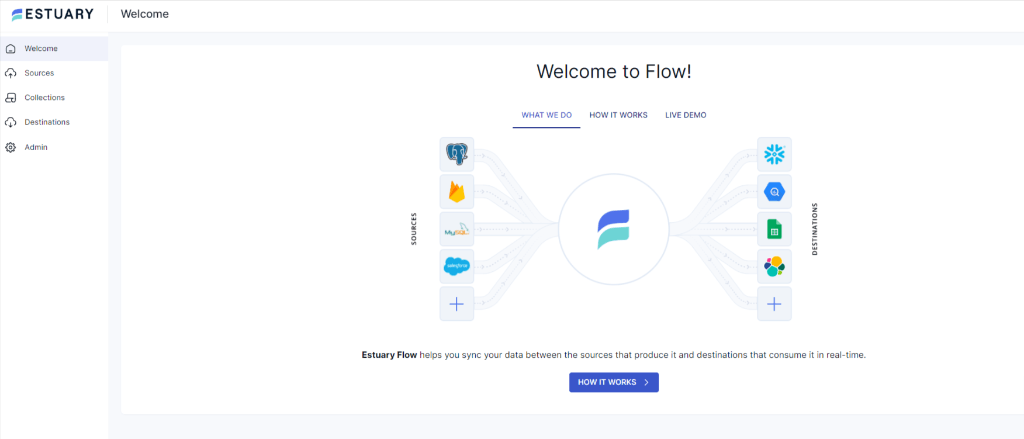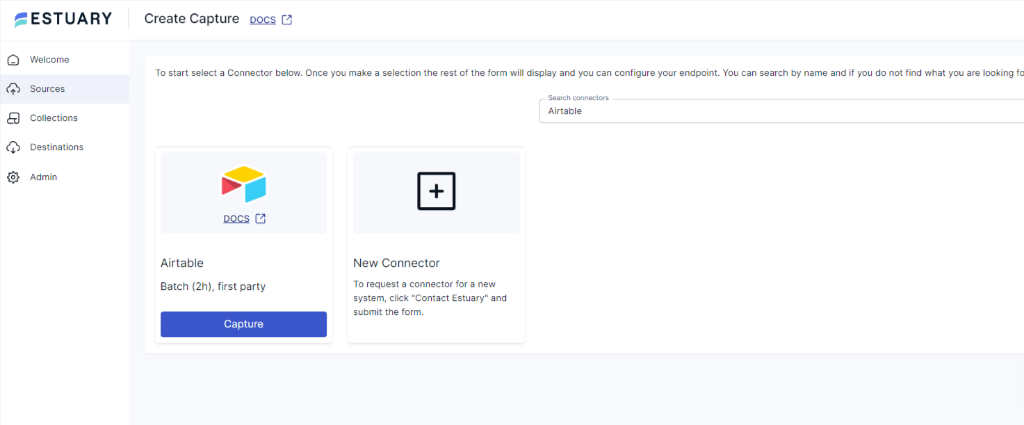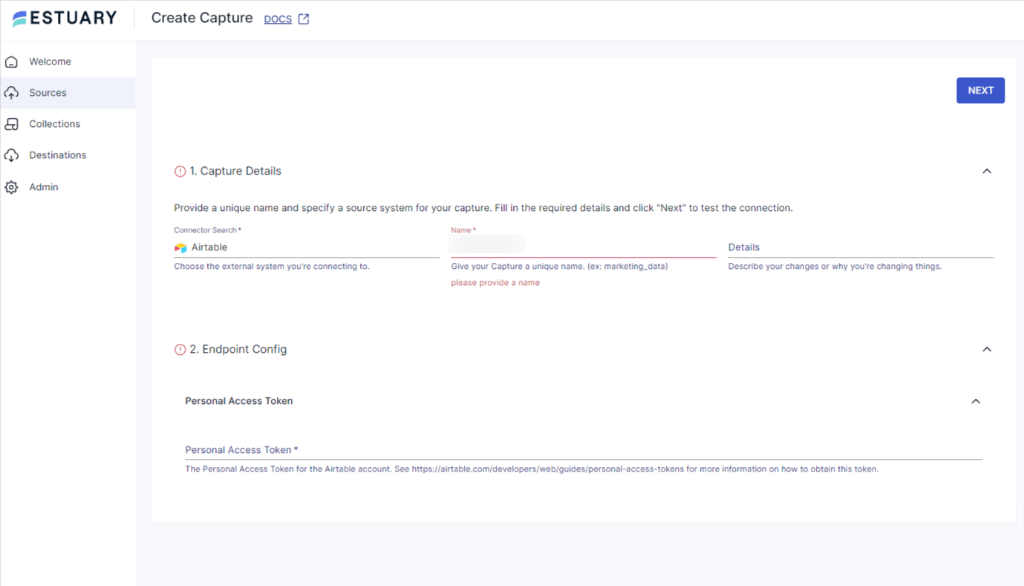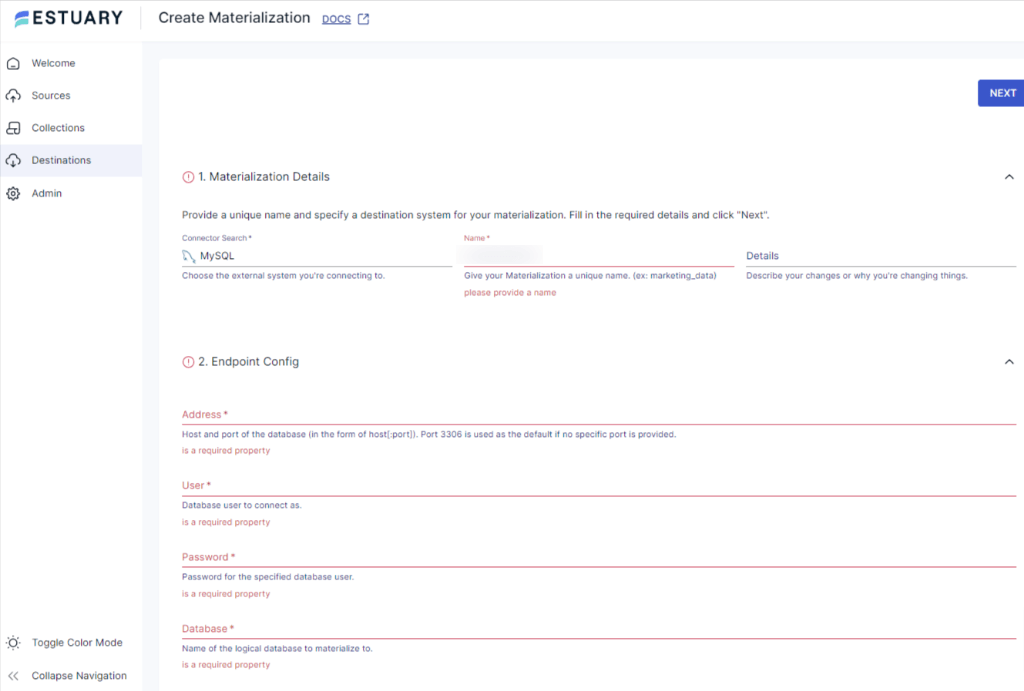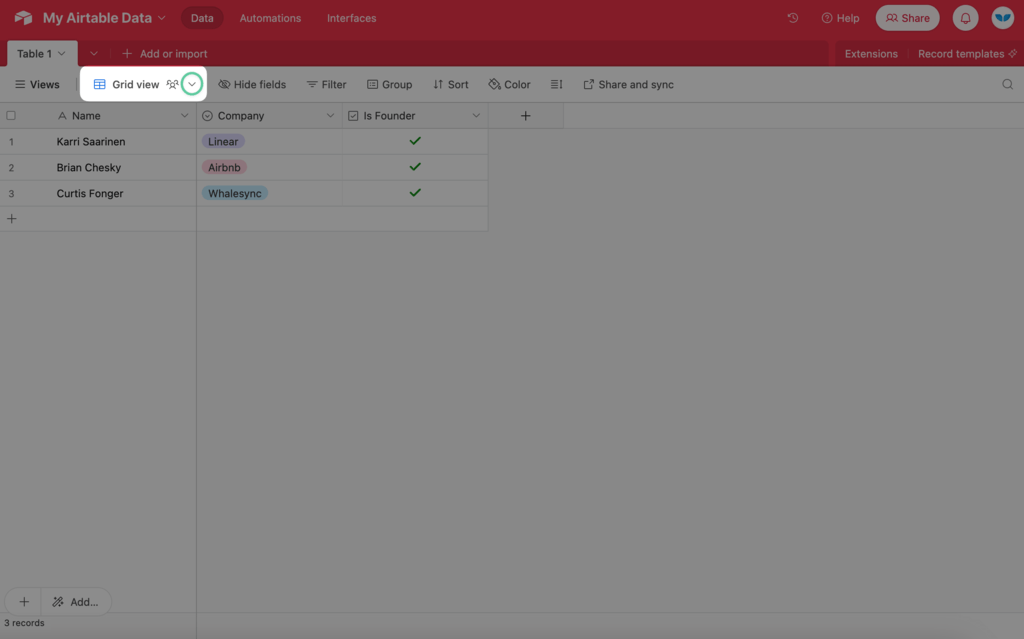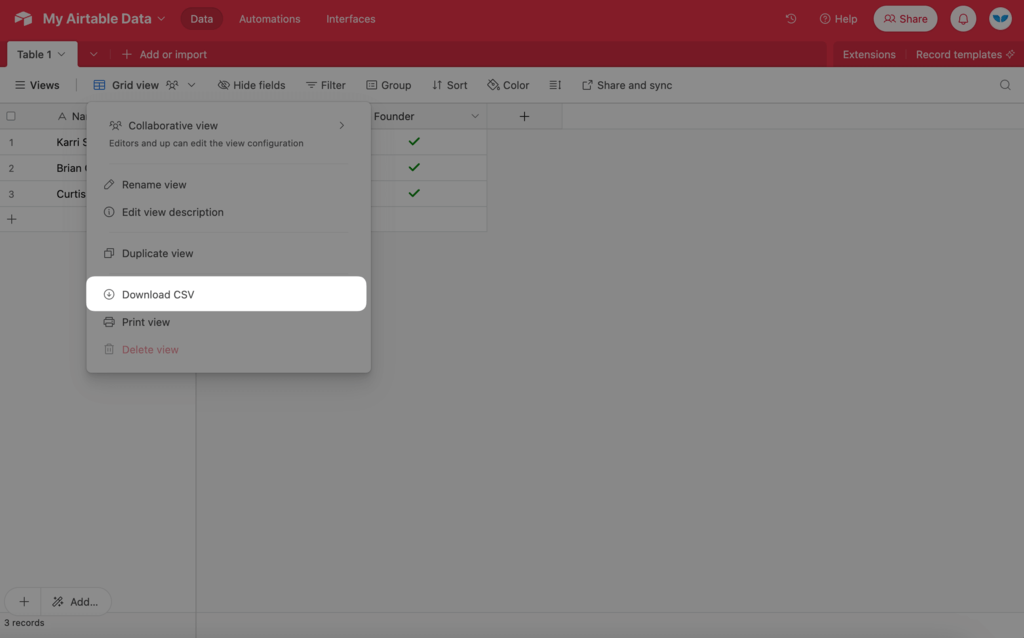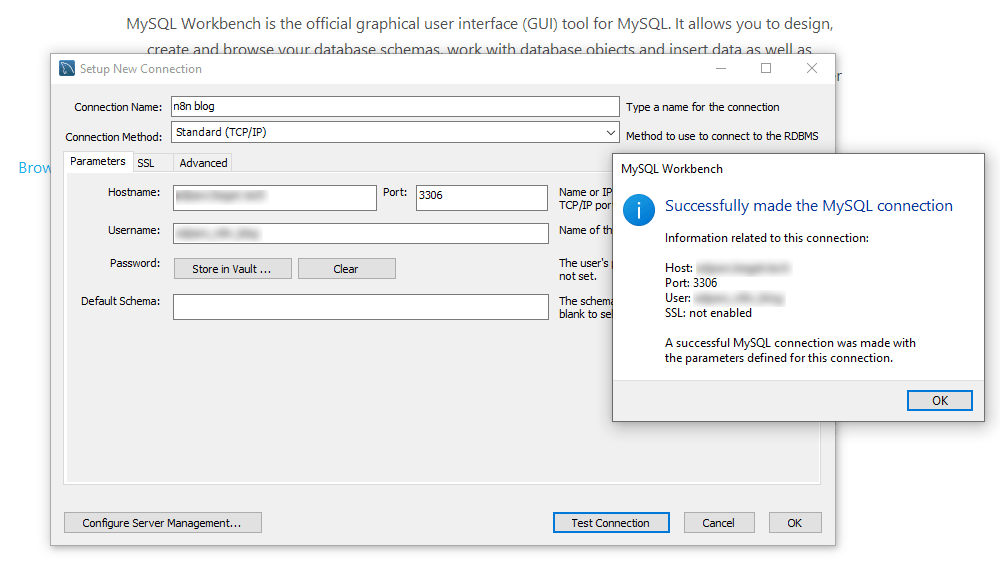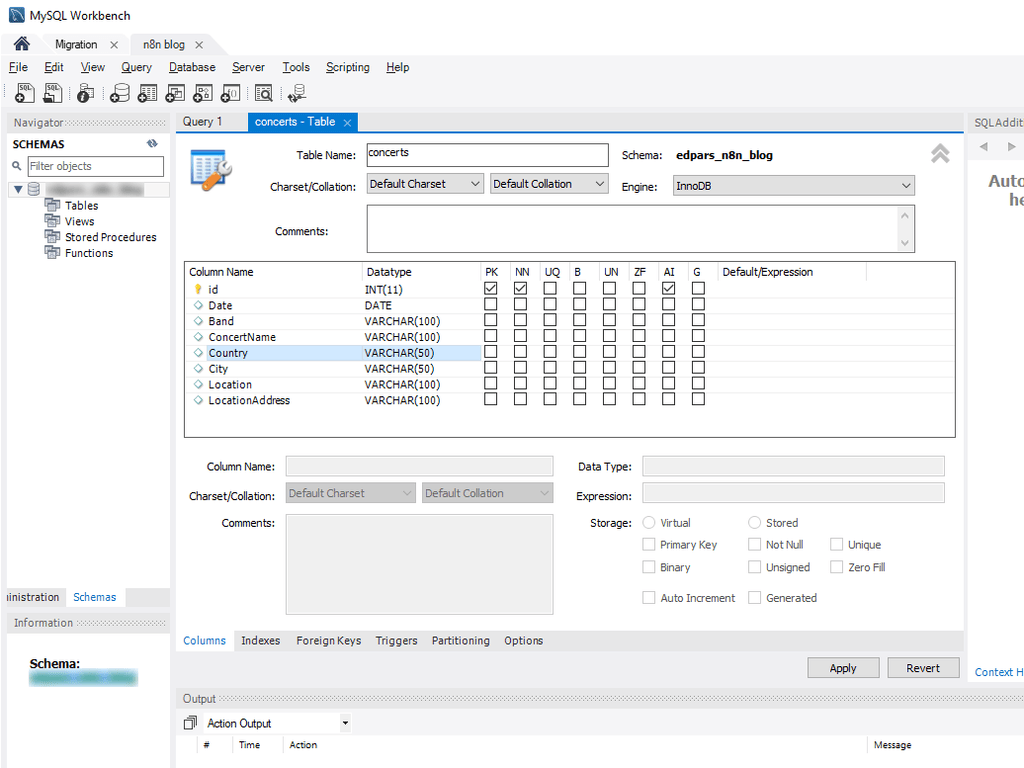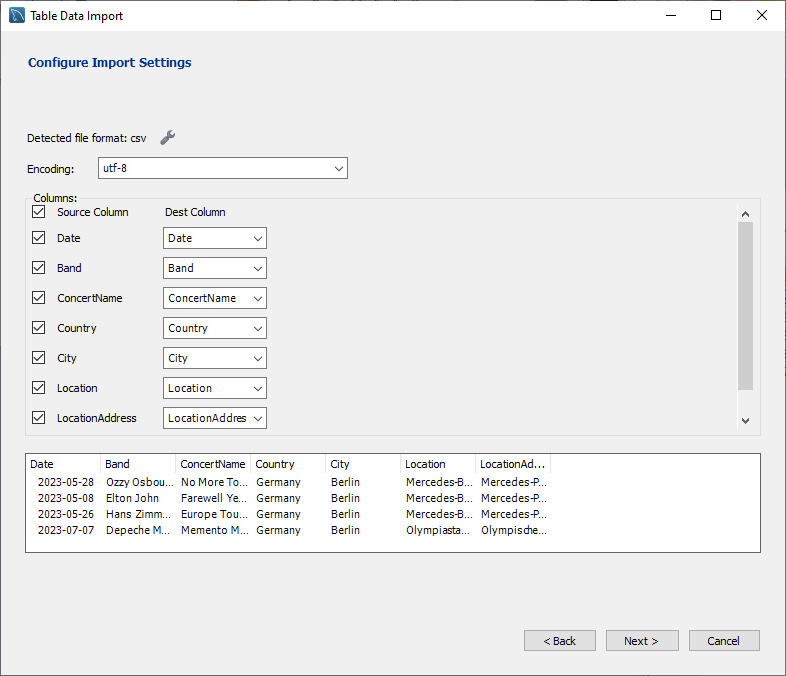
Migrating data from Airtable to MySQL is a strategic move that allows you to organize the data. Airtable offers flexibility and a user-friendly interface that is suitable for preliminary data collection and project management. However, with MySQL, you can leverage the strengths of a traditional, structured database environment while also reaping the benefits of improved data handling, analysis, and backup.
These benefits are particularly applicable to larger datasets and complex data operations. A seamless transition to the more scalable and secure environment of MySQL provides advanced data integrity and complex query execution. There’s also the chance of improved collaboration by using a centralized data repository.
In this guide, we’ll explore the best methods for Airtable to MySQL integration (after a quick overview of the source and destination platforms).
Introduction to Airtable
Airtable is a cloud-based low-code database management platform that seamlessly combines the best features of databases, spreadsheets, and collaboration tools. This allows for a flexible and dynamic approach to data management and team collaboration. Airtable does not require much technical expertise, as it is similar to working on any spreadsheet but with the added capabilities of a database. In addition, Airtable provides multiple views, such as calendar, grid, and gallery formats.
With Airtable, you are not restricted to following the path for traditional databases or spreadsheets. Instead, you can leverage all the robust features to customize the views and integrations according to your requirements. Even if you are working with other applications, you don't need to switch between them, as Airtable ensures a seamless workflow without causing any disruptions to the existing functionalities.
Some key features of Airtable are:
- Automation: Airtable allows you to automate repetitive tasks, which can help streamline workflows and increase efficiency.
- Built-in Templates: Airtable offers a wide variety of built-in templates you can easily access according to your requirements. These enhance the presentations and documentation which can be beneficial while working with any project.
- Cross Platform: Airtable revolutionizes data management with a mobile version. You can easily switch between your devices, like a laptop, PC, or even a mobile phone.
What Is MySQL?
MySQL is a popular open-source relational database management system (RDBMS). With this database, you can easily organize huge amounts of data systematically. All the data is distributed in tables in the form of rows and columns. These tables are connected to each other with different keys, such as unique key, primary key, foreign key, etc.
MySQL can run on various operating systems, working efficiently with them. It is optimized to run effectively on different platforms, ensuring seamless performance.
Some key features of MySQL are:
- Scalability: It is highly scalable and can scale instantly according to your data needs. This makes it easy to handle both small-scale as well as large-scale projects as per the requirements.
- Data Integrity: MySQL keeps your data safe by ensuring only authorized users can access the data. It supports mechanisms like transactions, foreign keys, and constraints to help maintain data integrity.
- Fault tolerance and Clustering: MySQL enables fault tolerance by replicating the data across multiple servers. It also allows data clustering, thereby ensuring the proper distribution of workloads across multiple nodes.
- Security: MySQL has various security features such as encryption, access control, and SSL support for protecting data from unauthorized access. This enables you to keep your confidential information safe from any theft or misconduct.
Why Migrate Data From Airtable to MySQL
When considering migrating Airtable data to a relational database like MySQL, several compelling reasons come to light. Some of the major reasons for an Airtable to MySQL integration include:
- Enhanced Performance: Compared to Airtable, MySQL has the potential to handle more complex queries and vast volumes of data. This results in better performance and reduced response time, thereby saving time and effort.
- Cost Effectiveness: Airtable is highly suitable and economical for small-scale projects. But when handling larger projects and growing data sets, integrating data into MySQL can be a cost saver.
- Security: MySQL offers robust security features that are more advanced and customizable than those available in Airtable. Some features include user authentication, encryption, access control, and compliance with regulatory requirements.
- Integration: MySQL can seamlessly collaborate and blend with a broad array of third-party tools and platforms than Airtable. This reduces its dependency on any specific platform and increases work efficiency.
Reliable Airtable to MySQL Integration Methods
There are two ways to achieve Airtable to MySQL integration.
- Method 1: Using Estuary Flow to Integrate Data from Airtable to MySQL
- Method 2: Airtable to MySQL Integration using CSV Export/Import
Method 1: Using Estuary Flow for Airtable to MySQL Integration
Estuary Flows simplifies data transfer and offers a user-friendly real-time extract, transform, load (ETL) solution. It’s suitable even for users with minimal technical background, as it does not require any prior coding experience.
In this method, we will walk you through Estuary Flow, a software-as-a-service solution for the seamless integration of Airtable with MySQL.
Prerequisites
Step 1: Configure Airtable as the Source
- To get started with configuring the data source, you must first log in to your Estuary Flow account.
- On the dashboard, click on the Sources tab.
- Now, click the + NEW CAPTURE button on the Sources page.
- Search for the Airtable connector using the Search connectors box, and click the connector’s Capture button.
- You will be redirected to the Airtable connector page. Enter the specified fields, such as a Name for your capture and Personal Access Token.
- Click on NEXT > SAVE AND PUBLISH. The connector will capture data from Airtable into Flow collections.
Step 2: Configure MySQL as Destination
- On the dashboard, click on the Destinations tab.
- Then, click on the + NEW MATERIALIZATION button on the Destinations page.
- Search for MySQL connector using the Search Connectors box, and click its Materialization button.
- You will be redirected to the MySQL connector configuration page. Enter all the mandatory fields, such as Address, User, Password, and Database.
- Although collections added to your capture will be automatically added to your materialization, you can use the Source Collections section to select and link a capture to your materialization.
- Click on NEXT > SAVE AND PUBLISH.
Estuary Flow will then materialize Flow collections into tables in a MySQL database. It’s as easy as that.
Benefits of Using Estuary Flow to Connect Airtable to MySQL
Here are some benefits of using Flow for your data integration processes:
- Stream Store: Estuary Flow stores the data that arrives from each source and undergoes transformation in your designated cloud storage. This helps ensure transactionally guaranteed exact-once delivery. You can also add other targets to your pipeline later and automatically backfill new data to targets.
- Built-in Connectors: Estuary Flow offers over 150 ready-to-use connectors that you can effortlessly configure to create a data migration pipeline. These include most of the popular databases, data warehouses, data lakes, and SaaS platforms.
- Change Data Capture (CDC): Estuary Flow utilizes CDC (Change Data Capture) to process data in real-time, which helps maintain data integrity.
- Scalability: Estuary Flow can scale up or down according to your requirements. This flexibility enables it to handle huge volumes of data with ease.
Method 2: Airtable to MySQL Integration Using CSV Export/Import
Airtable to MySQL integration is associated with benefits like enhanced data analysis and processing capabilities. In this method, we will facilitate the integration by exporting the data from Airtable in a CSV file and then importing this file into the MySQL database.
Step 1: Export Airtable Data as CSV Files
- Login into your Airtable account and access your Airtable Base containing the data you want to export.
- Open the table/view that contains the data you need.
- Click the arrow icon adjacent to the view.
- Select the Download CSV option. This will start the data download process in CSV format to your local system.
Step 2: Import CSV Data in MySQL
- Install MySQL Workbench and connect to the MySQL database server.
- Create a new database or select an existing one where you want to import your Airtable data.
- Create a new table within the database, to match the schema of the CSV file to be imported.
- After creating the table, import the CSV file that you exported from Airtable.
Limitations of Manually Integrating Airtable to MySQL
- Effort-intensive: This manual process requires extensive effort to export data from Airtable and import it into MySQL. It’s also time-consuming and prone to human error, especially with large datasets.
- Lacks Real-time Synchronization: Owing to the delays involved with CSV export/import, this method doesn’t support real-time data synchronization. This could result in discrepancies between the datasets.
Conclusion
Transferring your Airtable data to MySQL can optimize data management and operational efficiency. It allows you to combine Airtable’s flexibility and collaborative features with MySQL’s robust data storage and processing capabilities.
There are two methods you can use for integrating Airtable to MySQL. The manual CSV export/import method may appear simple but is time-consuming, error-prone, and lacks real-time data synchronization capabilities.
No-code SaaS tools like Estuary Flow, with a range of readily available connectors, CDC support, and impressive scalability, helps you set up robust, scalable data pipelines in minutes.
Automate your data integration with Estuary Flow; get access to powerful features and an extensive set of connectors. Sign up for a free account to get started today.

Author
Popular Articles





